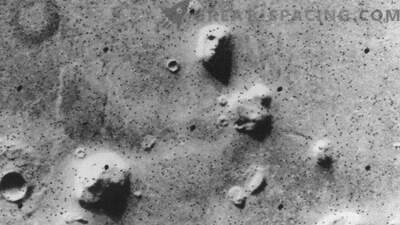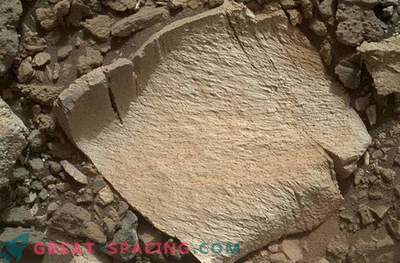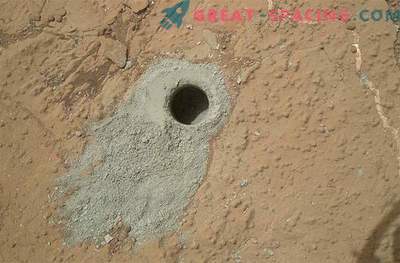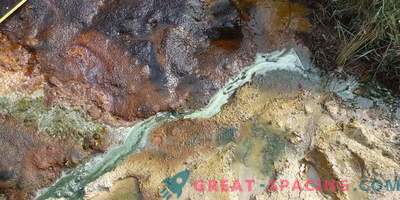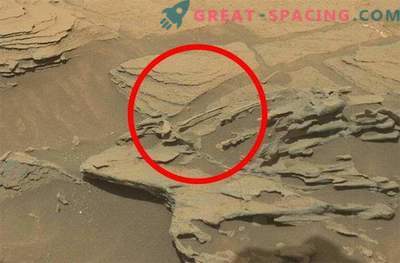Almost a year ago, NASA's Curiosity rover arrived on Mount Sharp - the main goal of the scientific mission. Now the rover for 3 Earth years will be on the Red Planet to study the rocks and the environment and try to bring together the ancient past of Mars. Was it habitable? If so, why did life disappear? Why did the conditions change? The researchers will try to find out the answers to all these questions in the very near future.
In this short article we will focus on Mount Sharpe (officially named Aeolis Mons). We chose the most intriguing photos of this area, taken by Curiosity.
September 2015: Stunning Selfies

This selfie made by Curiosity is pretty awesome. This is one of the latest images taken by the rover after drilling in the Marias Pass area. NASA uses these photos to monitor the state of the rover in a harsh Martian environment.
July 2015: Unusual rock

Yes, this rock, of which there are many on Mars. But look more closely and discover the surprise. This rock has compounds of silicon and oxygen, which often appears on Earth in the form of quartz. This is an unusual find, and the team said it was going to study this formation in more detail for the presence of organic material. Organic material is considered to be the building blocks of life, but not necessarily the hallmarks of life itself.
May 2015: the best view for this PEW! PEW!
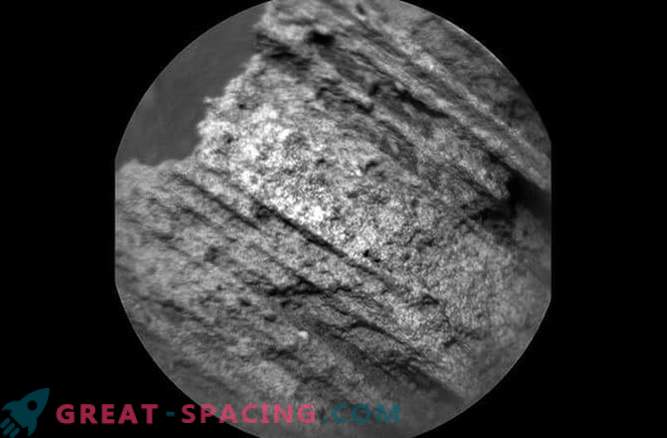
Curiosity has a laser on its board that is capable of shooting rocks to find out what they are made of. But for several months due to the failure of the auto-focus, the laser was not able to function. This image shows the result of successfully using a laser after changing the focus software.
April 2015: A web of mineral veins
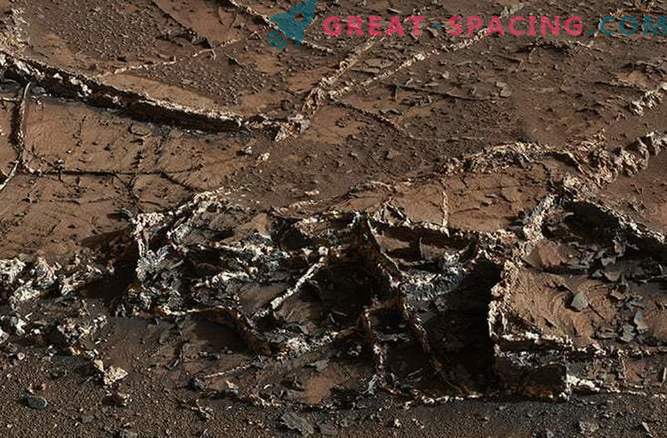
Thanks to a composition of 28 photographs, Curiosity showed an extensive network of mineral veins in a place called “Garden City”. These veins are formed when fluid cuts cracks in the rock and leaves minerals. This photograph will help to better understand the wet past of Mars and the hypothetical existence of life in the past.
January 2015: While drilling, the rock broke
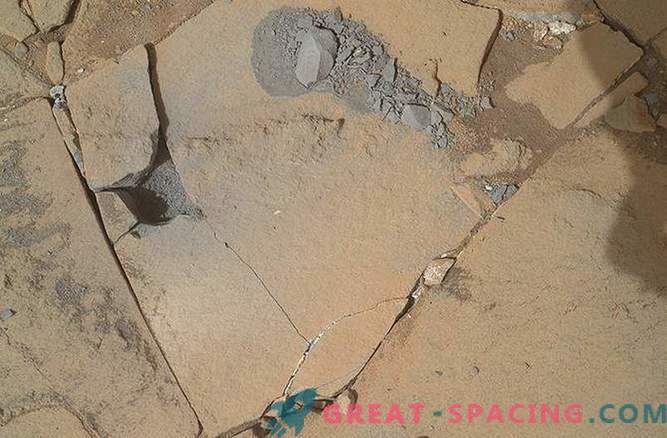
You can't know for sure what will happen when you do science. In this case, the Curiosity drill tried to drill a rock sample, but it cracked. This gave scientists the opportunity to look at the reaction of the rock to a mechanical effect.
December 2014: Methane!
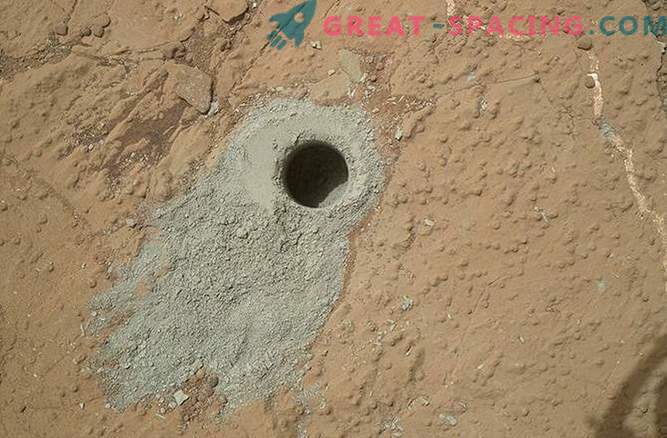
In December, Curiosity discovered the first traces of organic material on Mars: the rover discovered the concentration of methane and carbon-containing organic molecules. While none of these signs is direct evidence of the existence of life, they indicate the conditions under which it could arise.



